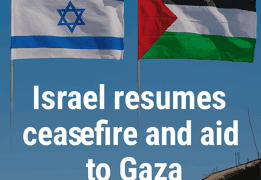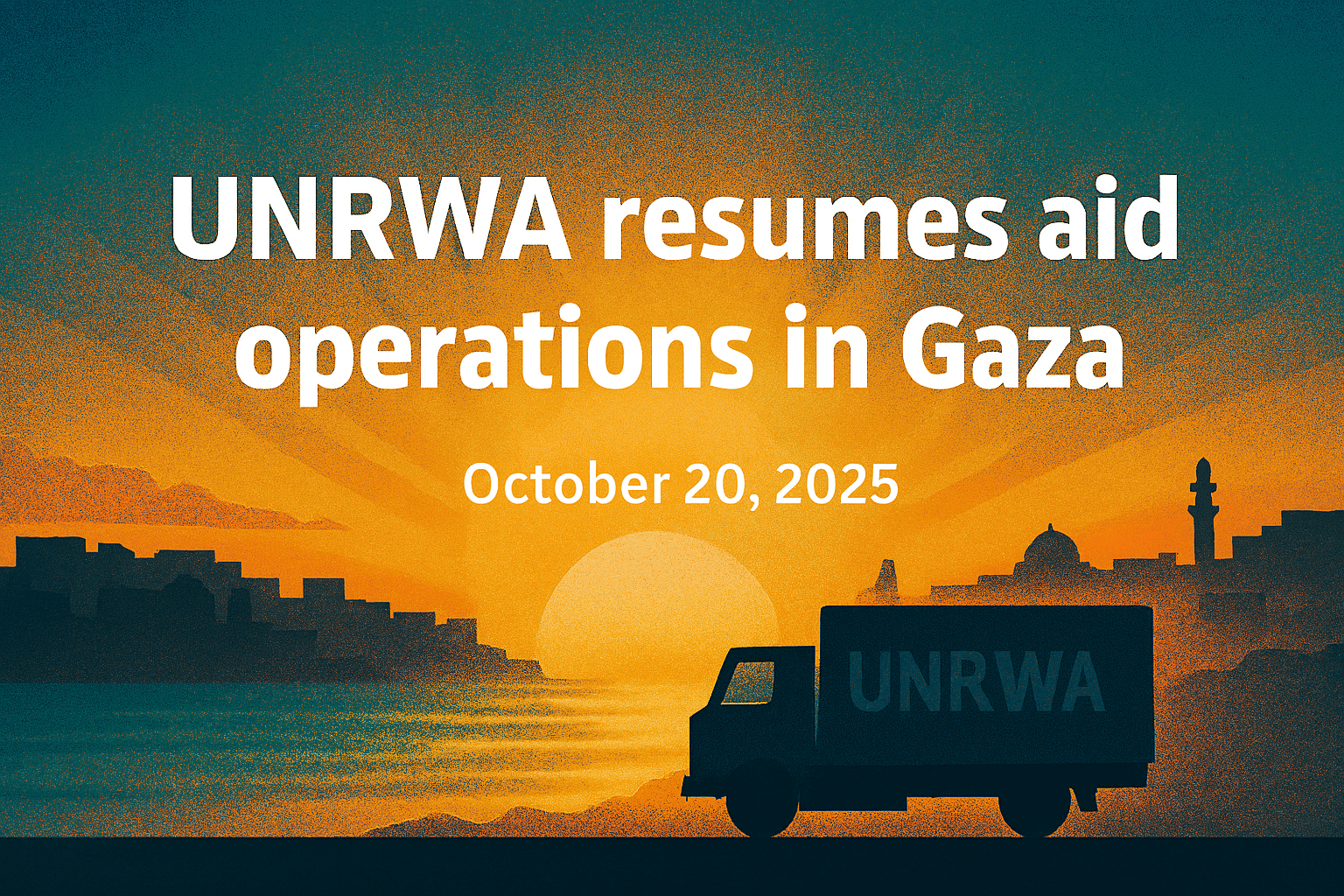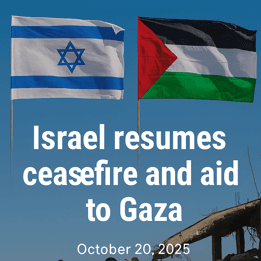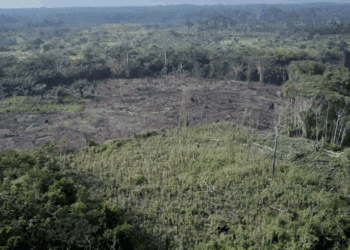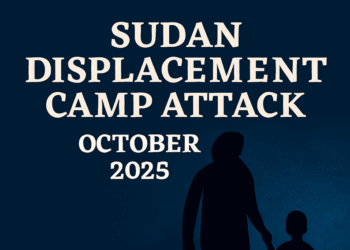In a significant development in the ongoing Israeli-Palestinian conflict, Israel has reinstated a ceasefire agreement with Gaza and reopened key border crossings to allow humanitarian aid to flow into the region. This move follows a brief but intense escalation over the weekend, which saw targeted Israeli airstrikes in response to alleged ceasefire violations by Hamas militants.
Background of the Ceasefire Agreement
The ceasefire, brokered earlier this month with support from the United States and Egypt, was designed to de-escalate tensions and facilitate humanitarian relief in Gaza. However, the fragile truce faced its first major test when Hamas fighters reportedly opened fire on Israeli troops near the Kissufim border crossing, killing two soldiers. In retaliation, the Israeli Defense Forces (IDF) launched a series of air and artillery strikes across Gaza, resulting in the deaths of at least 26 Palestinians, including civilians.
Reopening of Border Crossings
Following diplomatic pressure from Washington and Cairo, Israel announced the reopening of the Kerem Shalom and Kissufim crossings. These routes are critical for delivering food, medical supplies, and fuel to Gaza’s 2.3 million residents. An Israeli official confirmed that aid shipments resumed in “full compliance with the signed agreement,” although the Rafah crossing to Egypt remains closed until further notice.
Statements from Israeli Leadership
Prime Minister Benjamin Netanyahu convened an emergency meeting with top security officials and instructed the military to respond firmly to any future violations. “Israel remains committed to peace, but we will not tolerate aggression,” Netanyahu stated. He emphasized that the ceasefire would be upheld only if Hamas refrains from hostile actions.
Hamas Response and Internal Dynamics
Hamas has denied responsibility for the ceasefire breach, suggesting that rogue elements may have acted independently. A spokesperson for the group said, “We are committed to the truce and expect Israel to honor its obligations, including the uninterrupted flow of humanitarian aid.” Analysts believe internal divisions within Hamas could be complicating the enforcement of the ceasefire.
Humanitarian Situation in Gaza
The humanitarian crisis in Gaza has worsened in recent months due to border closures, fuel shortages, and limited access to medical care. The United Nations Relief and Works Agency (UNRWA) welcomed the reopening of crossings, stating that “the resumption of aid is a lifeline for thousands of families.” Hospitals in Gaza had reported dwindling supplies of antibiotics, surgical equipment, and fuel for generators.
International Reactions
President Donald Trump, who played a key role in brokering the ceasefire, reiterated his support for the agreement. “The ceasefire is still in place. We expect all parties to respect it,” he said during a press briefing. The European Union and United Nations also issued statements urging restraint and emphasizing the importance of humanitarian access.
Security Implications
Security experts warn that the situation remains volatile. The IDF has increased surveillance along the border and deployed additional troops to sensitive zones. “We are monitoring the situation closely. Any provocation will be met with a proportional response,” said IDF spokesperson Lt. Col. Jonathan Conricus.
Impact on Civilians
Local residents in Gaza expressed cautious optimism about the ceasefire’s reinstatement. “We just want peace and the ability to live normal lives,” said Amal, a mother of three in Khan Younis. However, many remain skeptical about the durability of the truce, citing past experiences of short-lived agreements.
Role of Mediators
Egypt and Qatar have continued their roles as mediators, facilitating communication between Israel and Hamas. Their diplomatic efforts are seen as crucial in maintaining the ceasefire and preventing further escalation. U.S. envoys are also expected to visit the region to assess the situation and reinforce the terms of the agreement.
Future Outlook
While the resumption of aid and ceasefire enforcement marks a positive step, the underlying tensions remain unresolved. Long-term peace will require sustained dialogue, mutual concessions, and international oversight. For now, the focus remains on stabilizing the situation and ensuring that humanitarian needs are met.
Conclusion
The reinstatement of the ceasefire and aid deliveries to Gaza is a critical development in a region plagued by conflict and humanitarian distress. As both sides navigate a fragile peace, the international community must remain engaged to support stability and prevent further bloodshed
